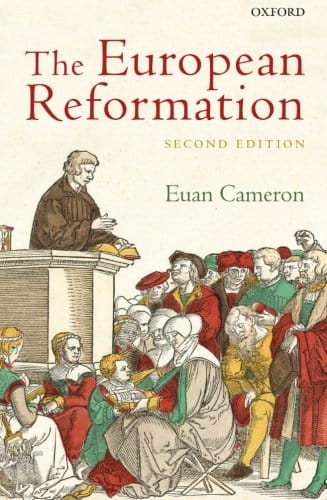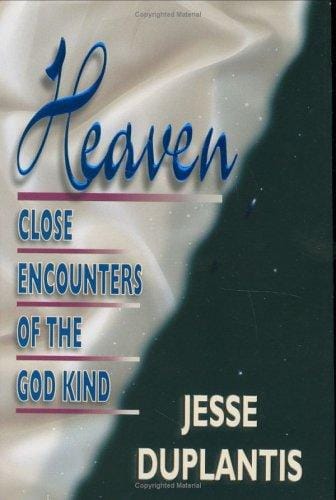The European Reformation: Causes, Impact, and Legacy
Explore the causes, key figures, spread, and lasting effects of the European Reformation, a 16th-century movement that reshaped religion, politics, and culture.

Introduction
The European Reformation, also known as the Protestant Reformation, was a seismic religious, political, and cultural upheaval that reshaped the continent between the early sixteenth and mid-seventeenth centuries. Sparked by growing dissatisfaction with medieval Catholic practices, the movement fractured Western Christendom, gave birth to new denominations, and accelerated trends that would eventually usher in the modern age. Understanding its origins and outcomes helps explain everything from today’s church map to the rise of constitutional governments and the spread of literacy.
Background Causes
Several long-brewing tensions set the stage for reform. The late Middle Ages witnessed repeated calls for ecclesiastical change, voiced by critics such as John Wycliffe in England and Jan Hus in Bohemia. Many Europeans viewed the papacy’s luxurious lifestyle, the sale of indulgences, and the buying of church offices (simony) as moral corruption. Humanist scholars of the Renaissance, notably Erasmus of Rotterdam, promoted ad fontes—“back to the sources”—encouraging Christians to read the Bible in its original languages rather than rely on official Latin translations. This intellectual climate fostered skepticism toward clerical authority and emphasized individual conscience.
Economic and political factors compounded the unrest. Rising urban classes resented church taxes that drained local wealth to Rome, while emerging nation-states, such as those ruled by the Tudors in England or the Valois in France, saw in reform an opportunity to curb papal influence and enrich their crowns. Meanwhile, the advent of the printing press (c. 1450) enabled rapid, inexpensive dissemination of dissenting ideas that might previously have remained localized.
Martin Luther and the Ninety-Five Theses
The tipping point came on 31 October 1517 when Martin Luther, an Augustinian monk and theology professor at Wittenberg University, is said to have nailed his Ninety-Five Theses to the door of All Saints’ Church. Though intended as an academic debate on indulgence sales, his critique went viral thanks to printers who reproduced the theses in German and Latin. Luther’s central claim—that salvation came by faith alone (sola fide) rather than by purchasing church merits—challenged the theological foundation of papal authority.
Pope Leo X responded by issuing a bull demanding recantation, but Luther refused, burning the document publicly in 1520. At the Diet of Worms (1521), convened by Emperor Charles V, Luther famously declared, “Here I stand, I can do no other,” before being spirited away to Wartburg Castle, where he translated the New Testament into vernacular German. His translation not only spread Protestant doctrine but also standardized the German language.
The Reformation Spreads Across Europe
Luther’s defiance inspired a wave of reformers. In Switzerland, Huldrych Zwingli led a break in Zurich, abolishing images and simplifying worship. Further south, French exile John Calvin established a rigorous Reformed community in Geneva; his Institutes of the Christian Religion (1536) systematized Protestant theology and propagated ideas of predestination and a disciplined, educated clergy.
The movement radiated outward through merchants, refugees, and printed tracts. Scandinavia adopted Lutheranism under King Christian III of Denmark-Norway and King Gustav Vasa of Sweden, while the Dutch embraced Calvinist teachings amid their struggle against Habsburg Spain. In England, political motives and personal drama combined when Henry VIII broke with Rome in 1534 after being denied an annulment. The resulting Church of England retained many Catholic rites but placed the monarch at its head, setting the stage for further theological debate under Edward VI, Mary I, and Elizabeth I.
Radical Reformation Currents
Not all dissenters aligned with mainstream Protestant leaders. Anabaptists in Germany and the Low Countries advocated adult baptism, communal property, and pacifism, alarming both Catholic and Protestant magistrates. Though brutally suppressed in events like the Münster Rebellion (1534–1535), their ideals survived and later influenced Mennonites and Baptists.
Political and Social Impact
The European Reformation redrew borders of loyalty and spurred a century of conflict. The German Peasants’ War (1524–1525), partly inspired by reformist rhetoric about Christian freedom, revealed the potent mix of religion and social grievance. The Schmalkaldic League pitted Protestant princes against Emperor Charles V, culminating in the Peace of Augsburg (1555), which enshrined the principle of cuius regio, eius religio—subjects would follow the faith of their ruler.
France endured the Wars of Religion between Catholics and Huguenots (1562–1598), ending with the Edict of Nantes, which granted limited toleration. Meanwhile, the Dutch Revolt (1568–1648) intertwined Calvinist defiance with the quest for independence, leading to the Dutch Republic’s golden age. In the British Isles, oscillating monarchs drove Catholics and Protestants into cycles of persecution that later fueled the English Civil War.
Beyond battlefields, the Reformation changed everyday life. Protestant regions promoted vernacular Bible reading, which drove literacy campaigns and the establishment of parish schools and universities. Sermons and catechisms emphasized the household as a ‘little church,’ elevating the roles of marriage and parenting while curtailing monastic life. In Catholic lands, the Counter-Reformation—spearheaded by the Council of Trent (1545–1563) and new orders like the Jesuits—reasserted doctrine, reformed clerical training, and expanded global missions.
Cultural and Intellectual Legacy
The Reformation’s legacy extends well beyond religion. By challenging the unity of Christendom, it inadvertently promoted pluralism and the idea that different communities could coexist under separate confessions—an important step toward secular notions of tolerance. The emphasis on personal Bible study nurtured habits of critical interpretation that seeded the Enlightenment’s rational inquiry.
Economically, Max Weber later argued that Protestant ethics of hard work and frugality contributed to the rise of capitalism, especially in Calvinist regions. While scholars debate causality, there is no doubt that the movement altered attitudes toward vocation, encouraging believers to see everyday labor as a God-given calling.
Art and music also transformed. Lutheran chorales invited congregational singing, while composers like J.S. Bach enriched liturgy with complex cantatas. Protestant iconoclasm curtailed sculpture and stained glass in some areas, but it also opened space for secular genres of painting in the Dutch Republic.
Conclusion
The European Reformation was not a single event but a cascade of intertwined revolts against ecclesiastical, political, and cultural authority. From Luther’s hammer strokes in Wittenberg to the peace treaties that gradually tamed confessional violence, the movement reshaped Europe’s map, minds, and morals. Its echoes persist in modern debates about faith, freedom of conscience, and the relationship between church and state. By tracing its causes, spread, and consequences, we gain insight into how ideas, when coupled with new technology and social ferment, can redefine an entire civilization.



